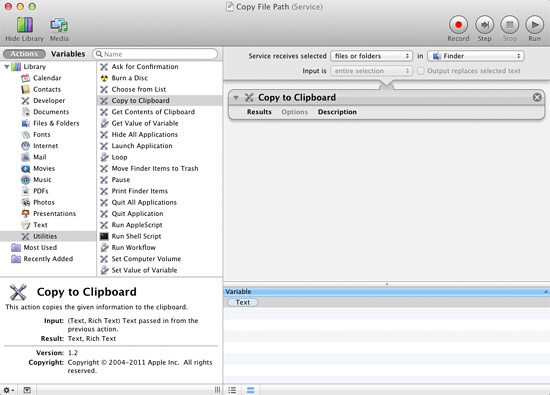

SL-NTFS is just an interface on the Apple NTFS driver to enable writing.Īny encountered problem come from the Apple driver and not from the Preference. :w ! xsel -b write (w) to the stdin of (!) `xsel -b`īind a couple key combos and you should be good.SL-NTFS means Snow Leopard NTFS, it’s a Preference Pane that permit to enable writing on NTFS (New Technology File System) disks, format used by Windows.īefore 10.6, only reading was possible, since 10.6 writing is possible too, but disabled by default, because Apple doesn’t officially support it. :r ! xsel -bo read (r) from the stdout of (!) `xsel -bo` You can just use the xsel technique as described in the last section. If your copy of Vim doesn't directly support access to X selections, though, it's not the end of the world. GgVG"+y Alternative version of the first example "+p select (") the CLIPBOARD selection (+) and paste/put it The two selections are accessible from the * and + registers, respectively, and may be written to and read from at your leisure the same as any other register.įor example: :%y+ copy/yank (y) everything (%) into the CLIPBOARD selection (+) If compiled with +clipboard (This is important! Check your vim -version), Vim should have access to the X PRIMARY and CLIPBOARD selections. Pizza ordering seems like a productive use of the command line. A pizza should arrive at your house in the next 20 minutes. Sudo foo -update -clear-cache -source-list="" Now say that someone on the support site gives me a command to run to fix the problem. Then I can Ctrl + V it into the form as per usual. $ foo -v | DISPLAY=:1 xsel -b # copies it into clipboard of display :1 So the question becomes how do I access the clipboard from the TTY?įor this example, we'll assume the X session is on display :1. To do this, it would be ideal to copy to/from the TTY/X session.

p (or nothing) for PRIMARY, s for SECONDARY, b for CLIPBOARD, o for output.Įxample: say I want to copy the output of foo from a TTY and paste it to a webpage for a bug report. b, -clipboard \Īnd that's about all you need to know. Operate on the PRIMARY selection (default). This not only clears the selection, but also requests to the program in which the selection resides that the selected contents be deleted. Request that the current selection be deleted. Action options \ -c, -clear \Ĭlear the selection. f, -follow \Īppend to selection as standard input grows. Most of the other answers mention xclip, and I really like xsel for its brevity, so I'm going to cover xsel.įrom xsel(1x): Input options \ -a, -append \Īppend standard input to the selection. ShellĪny installation of X11 seems to come with two programs by default: xclip and xsel (kind of like how it also comes with both startx and xinit).

When you have your selection, hit Enter to copy and exit the mode. To exit this mode, hit Q to navigate, use your Vim or Emacs binding (default = Vim), so hjkl for movement, v/V/C-v for character/line/block selection, etc. The buffer used for this mode is separate and exclusive to tmux, which opens up quite a few possibilities and makes it more versatile than the X selections in the right situations. While not an X selection, tmux has a copy mode accessible via prefix-[ ( prefix is Ctrl + B by default). I don't know Emacs or Screen, so I'll go over the other three. Some of the ways that have been mentioned include (I think) tmux, Screen, Vim, Emacs, and the shell. To get your clipboard content, just type: pbpaste | "any-command-you-need-here"
The & is a binary AND if a then b, hence if you have xclip then the aliases will be set. In my case, as I use Z shell ( zsh), I have this in my aliases file: (( $+commands )) &. You can also create aliases to get and write on the clipboard, allowing you to use "pbcopy" and "pbpaste" as if you where on Mac. The teecommand forks your command allowing you to "pipe its content" and see the result on standard output "stdout". Bash replaces each with the path to a file descriptor which is connected to the standard input of the program within the parentheses. In my case, I would like to paste content on the clipboard and also to see what is been pasted there, so I used also the tee command with a file descriptor: echo "just a test" | tee >(xclip -i -selection clipboard)
MULTIPLE CLIPBOARD MAC OS HOW TO
I have found a good reference: How to target multiple selections with xclip


 0 kommentar(er)
0 kommentar(er)
